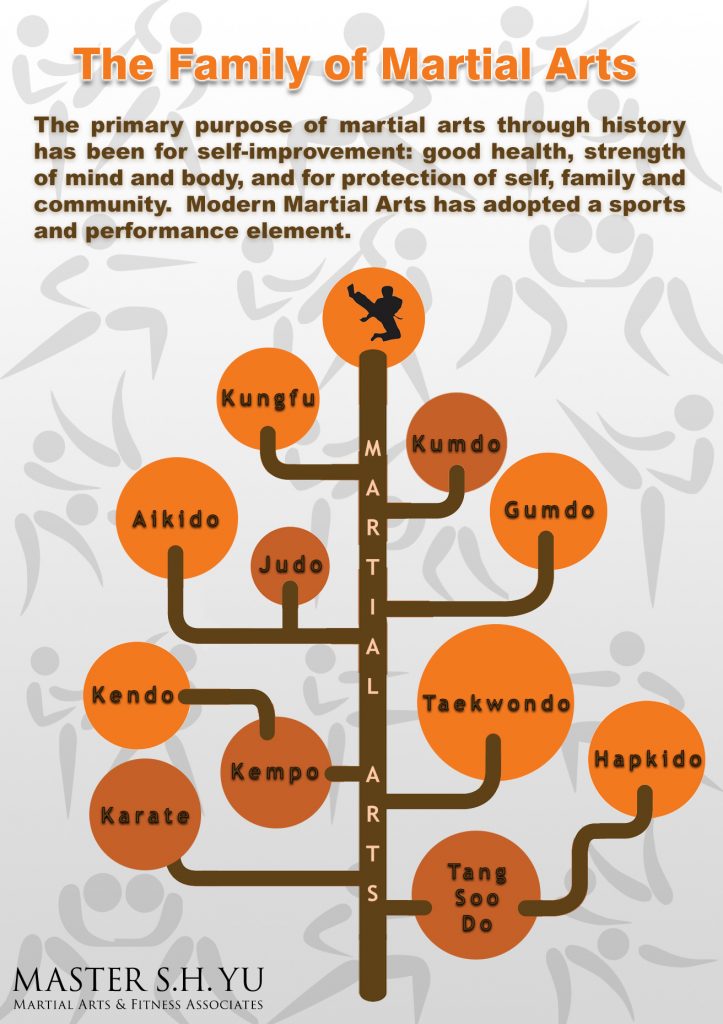Embark On A Fascinating Journey Into The Realm Of Martial Arts, Where The Combination Of Olden Custom-Mades And Contemporary Performance Waits For
Embark On A Fascinating Journey Into The Realm Of Martial Arts, Where The Combination Of Olden Custom-Mades And Contemporary Performance Waits For
Blog Article
Created By-Barber Barbour
Step into the ancient world where martial arts were substantiated of necessity in diverse regions. simply click the following internet page battling designs linked with historic contexts. Methods advanced over centuries with committed technique and cultural exchanges. Today, modern-day martial arts blend typical aspects for optimal performance. Philosophically, martial arts highlight self-control, self-improvement, and harmony. Respect, humbleness, and equilibrium are foundational principles guiding experts in the direction of growth and durability. Discover the depths of this rich history and approach to uncover the profound influences shaping this long-lasting self-control.
Beginnings of Fighting Style
Fighting style originated in different regions worldwide, evolving as useful combat systems to prevent dangers. These old fighting styles were established out of requirement, with each society crafting strategies fit to their distinct atmospheres and obstacles. From the grappling arts of Jujutsu in Japan to the striking techniques of Kung Fu in China, martial arts were deeply intertwined with the historical, social, and cultural material of their respective societies.
In https://best-martial-arts-for-kic21986.thenerdsblog.com/33202183/security-and-task-in-aging-self-defense-tips-for-elders , the samurai course refined martial arts like Kenjutsu, the art of the sword, which later developed into the more popularized form of Kendo. On the other hand, in Brazil, Capoeira emerged as a mix of dance and fight, developed by enslaved Africans as a means to resist injustice. Each fighting style brings with it a rich history and philosophy, showing the values and beliefs of individuals who exercised them.
As you look into the beginnings of martial arts, you reveal a tapestry of human resourcefulness, strength, and the unrelenting spirit of warriors throughout time.
Development of Techniques
Via centuries of method and refinement, battle strategies within numerous martial arts have gone through an extensive development. From old designs like Kung Fu and Martial arts to much more modern self-controls such as Brazilian Jiu-Jitsu and Krav Maga, the advancement of methods has actually been driven by a combination of social influences, functional applications, and technological developments.
One substantial aspect of this evolution is the cross-pollination of methods between various martial arts. For instance, techniques from conventional Japanese Jiu-Jitsu were included into the creation of Judo by Jigoro Kano in the late 19th century. This blending of styles has actually resulted in the advancement of crossbreed martial arts like Mixed Martial Arts (MIXED MARTIAL ARTS), which combine aspects of striking, grappling, and entry methods.
Furthermore, the evolution of strategies has actually been formed by the boosting emphasis on effectiveness and performance in battle. Experts have actually constantly looked for to improve their strategies through extensive training, experimentation, and competition, leading to the advancement of very specialized and effective fighting designs. On the whole, the evolution of techniques in martial arts shows the dynamic nature of combat and the recurring quest for renovation and technology.
Thoughtful Structures
Checking out the underlying thoughtful principles of martial arts provides understanding right into their core worths and guiding ideas. At the heart of several martial arts self-controls is the idea of technique itself. By training your body and mind to function as one cohesive device, you cultivate self-control that extends beyond the dojo or gym into day-to-day life. This technique incorporates regard, humbleness, and self-discipline, shaping not just your physical capabilities however also your personality.
One more fundamental thoughtful structure in martial arts is the concept of constant self-improvement. The journey of mastering a fighting style is endless, with practitioners constantly making every effort to better themselves, both literally and psychologically. This focus on growth promotes durability, perseverance, and a development mindset that can be applied to all elements of life.
Moreover, martial arts highlight the value of consistency and equilibrium. Methods are made to utilize a challenger's energy versus them, highlighting the principle of yielding and redirecting force rather than satisfying it head-on. This viewpoint includes social connections, promoting serene resolutions and mutual understanding. By embracing these philosophical structures, martial musicians not only boost their combat skills but additionally cultivate a way of life fixated personal growth, regard, and harmony.
Final thought
To conclude, the background and approach of martial arts offer an abundant tapestry of tradition, self-control, and self-improvement.
Take for example the tale of Bruce Lee, who changed martial arts by mixing different designs and approaches to create his own special type of Jeet Kune Do.
Through dedication and technology, martial musicians continue to press borders and influence others to reach their full potential both in fight and in life.
